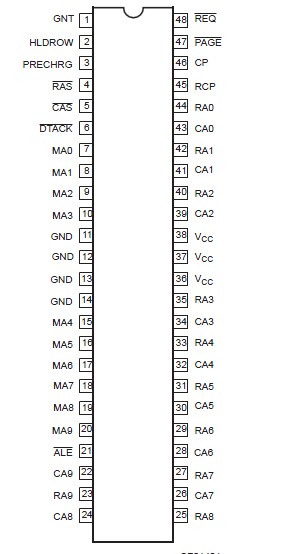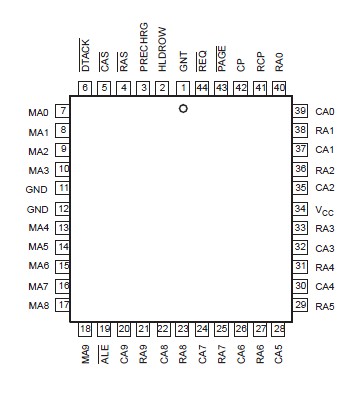74F1763: Features: • DRAM signal timing generator• Automatic refresh circuitry• Selectable row address hold and RAS precharge times• Facilitates page mode accesses• Controls 1 M...
floor Price/Ceiling Price
- Part Number:
- 74F1763
- Supply Ability:
- 5000
Price Break
- Qty
- 1~5000
- Unit Price
- Negotiable
- Processing time
- 15 Days
SeekIC Buyer Protection PLUS - newly updated for 2013!
- Escrow Protection.
- Guaranteed refunds.
- Secure payments.
- Learn more >>
Month Sales
268 Transactions
Payment Methods
All payment methods are secure and covered by SeekIC Buyer Protection PLUS.

 74F1763 Data Sheet
74F1763 Data Sheet








